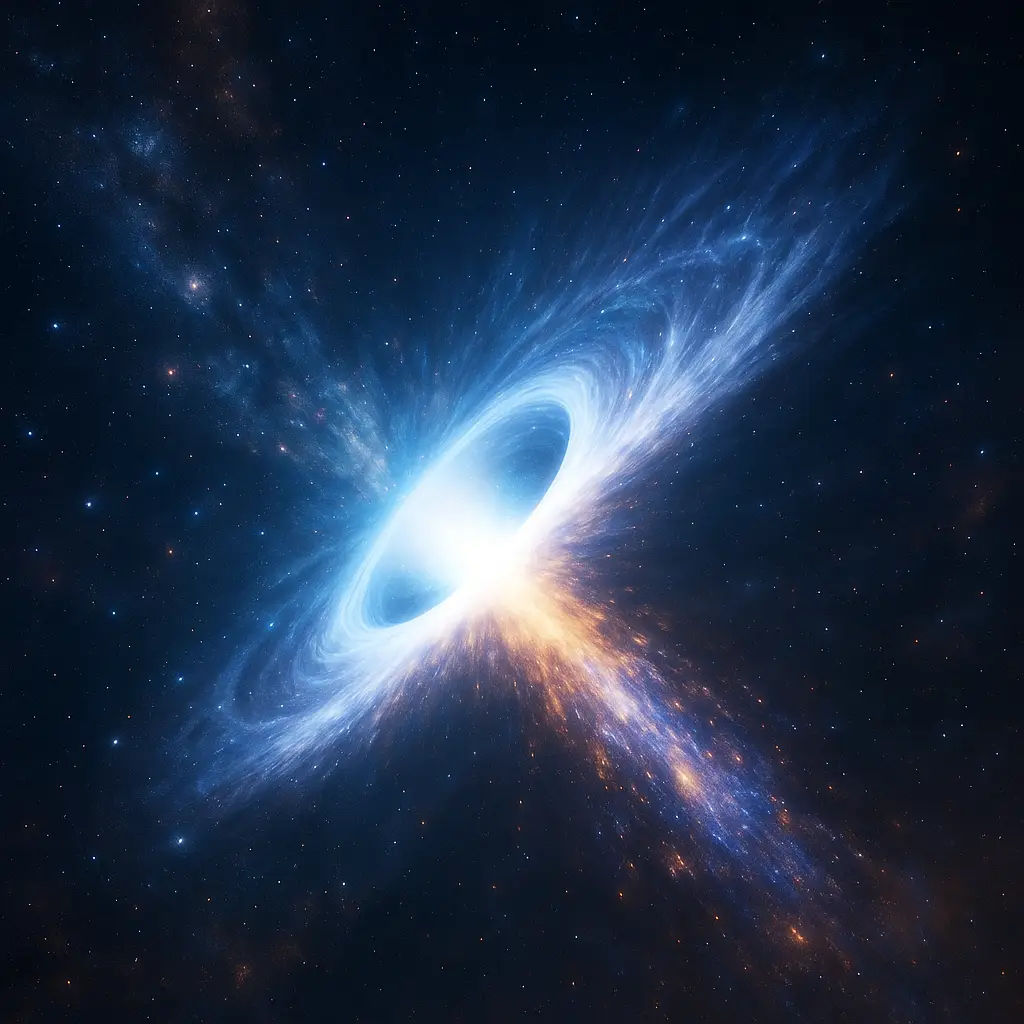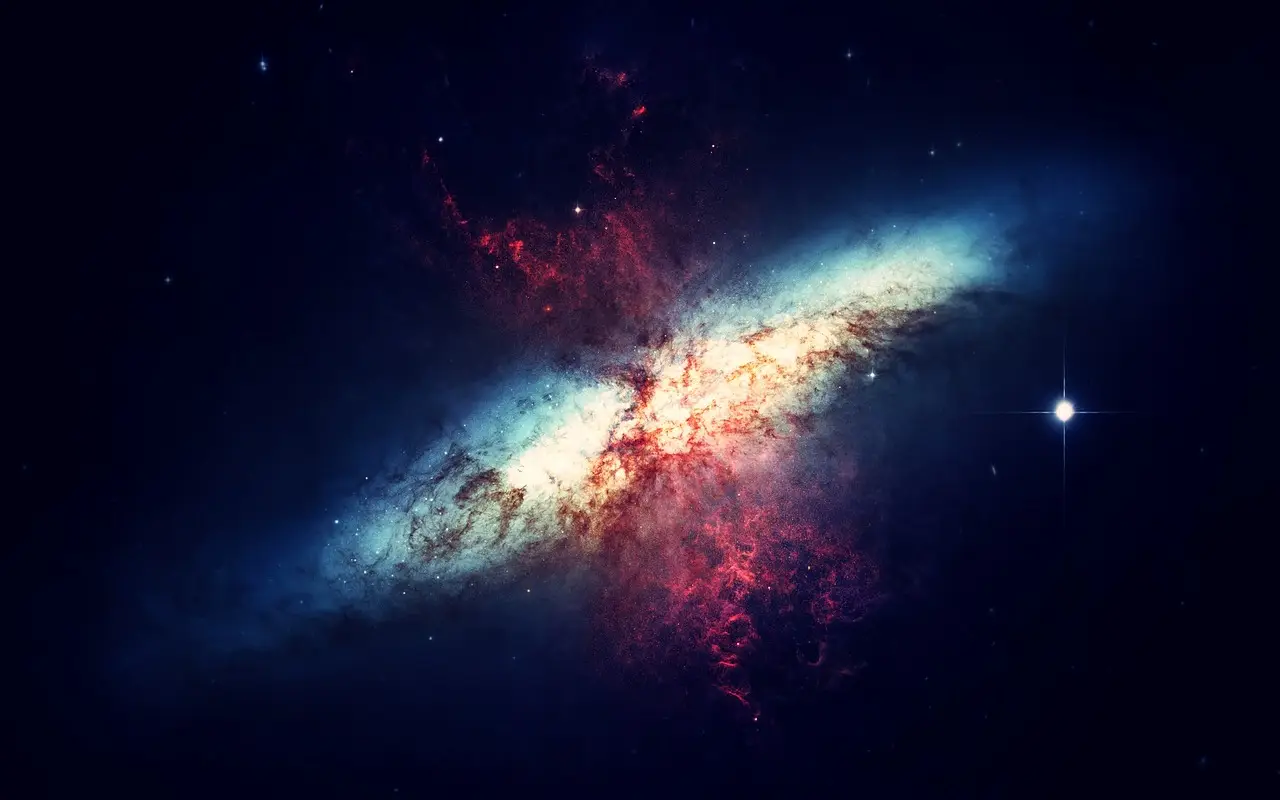White Holes, When we look up at the night sky, most of us are familiar with black holes — those terrifying celestial vacuum cleaners swallowing everything in sight. But now, imagine the exact opposite: a cosmic phenomenon that doesn’t suck things in, but blasts them out with unimaginable force. Enter the theoretical concept of white holes — the universe’s potential “toilet flush” mechanism.
What Is a White Hole?
In simple terms, a white hole is a region of spacetime that cannot be entered from the outside, but matter and light can escape from it. It’s like a black hole in reverse — instead of pulling things in, it violently ejects energy and matter into space. While white holes are still theoretical, their behavior follows logically from Einstein’s equations of general relativity.
Physicists describe them as the other side of a black hole. Think of them like cosmic drainpipes — whatever gets sucked into a black hole might be “spat out” from a white hole in another region of the universe, or possibly even into a new universe.
Could White Holes Be Creating Entire Universes?
Here’s where things get really wild.
Some cutting-edge theories in quantum gravity and cosmology suggest that the birth of our universe might have been triggered by a white hole event — not a singular Big Bang from nowhere, but a cosmic ejection from a dying star in another universe. If true, this would mean our universe could be just one of many in a vast multiverse.
Recent models propose that black holes may eventually transition into white holes after evaporating over eons through Hawking radiation. This would theoretically unleash all the information and particles they consumed, creating new pockets of expanding space — essentially, birthing baby universes.
Where’s the Proof?
As of now, no white hole has been directly observed. The idea remains speculative but is gaining traction with advancements in theoretical physics. Researchers are currently exploring mathematical models and simulations to test whether gravitational waves or bursts of unexplained cosmic radiation could be signs of a white hole’s existence.

Projects like the Event Horizon Telescope and James Webb Space Telescope could, over time, provide clues by capturing unusual energetic events that defy current explanations.
Why Should We Care?
Understanding white holes could transform our grasp of time, gravity, and the structure of reality itself. It challenges the conventional notion that black holes are the end of the line. Instead, they could be part of a larger, dynamic cosmic cycle — a universal recycling system.
From a technological standpoint, if white holes exist and can be harnessed (a far-off dream), they could redefine our energy systems, space travel models, and perhaps even offer insights into how to prevent information loss in black holes — a key paradox in modern physics.
Final Thoughts
White holes might sound like science fiction today, but remember: black holes were once just equations on paper too. As technology evolves and our tools for exploring the cosmos grow more powerful, we may one day confirm whether the universe has a hidden “flush” button — and if so, what it’s ejecting into the great unknown.


Leave a Reply